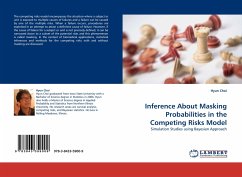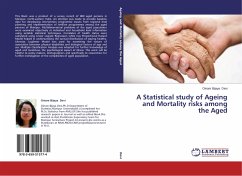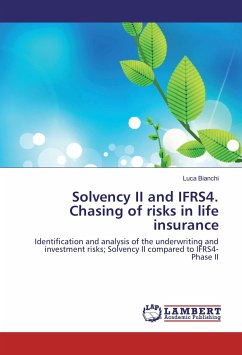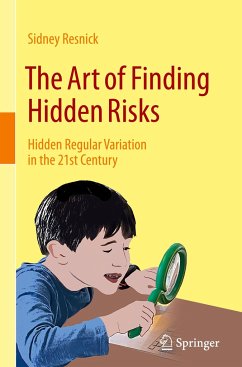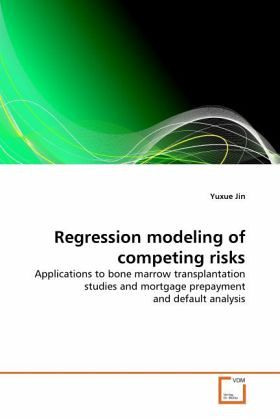
Regression modeling of competing risks
Applications to bone marrow transplantation studies and mortgage prepayment and default analysis
Versandkostenfrei!
Versandfertig in 6-10 Tagen
32,99 €
inkl. MwSt.

PAYBACK Punkte
16 °P sammeln!
Competing risks frequently arise in medical applications when the subject under study may fail from more than one cause. Typically, regression models for competing risks are based on cause-specific hazards. However, the cause-specific hazard model does not give a direct interpretation in terms of the marginal survival probability of a particular failure type. In the first part of this thesis, an iterative maximum likelihood method was proposed to directly model the cumulative incidence function. Competing risks also arise in mortgage data, which involves two mutually exclusive endpoints, prepa...
Competing risks frequently arise in medical applications when the subject under study may fail from more than one cause. Typically, regression models for competing risks are based on cause-specific hazards. However, the cause-specific hazard model does not give a direct interpretation in terms of the marginal survival probability of a particular failure type. In the first part of this thesis, an iterative maximum likelihood method was proposed to directly model the cumulative incidence function. Competing risks also arise in mortgage data, which involves two mutually exclusive endpoints, prepayment and default. A quantitative model to accurately predict the mortgage prepayment and default rates based on the loan level information and the state of the economy is therefore very important for both risk management and pricing mortgage-backed securities. In the second part of this thesis, we propose a neural network model to model the prepayment and default probabilities.




